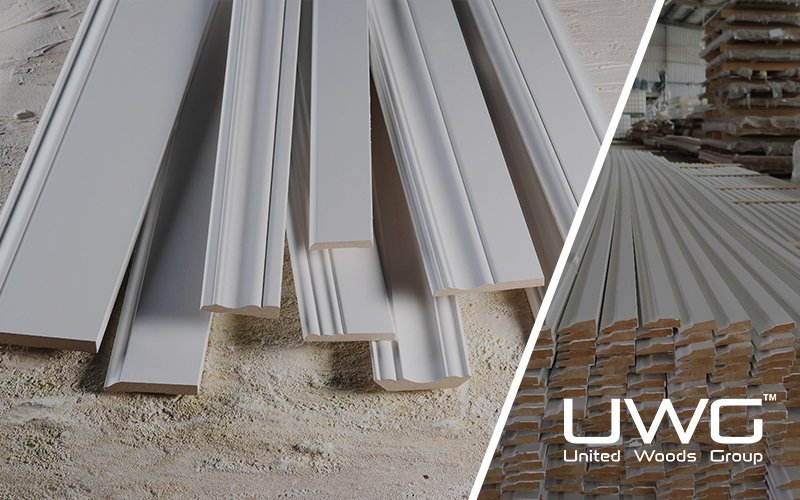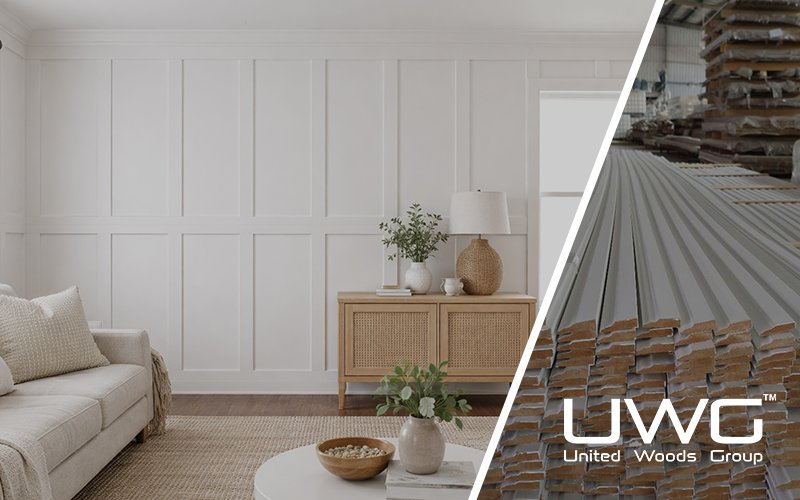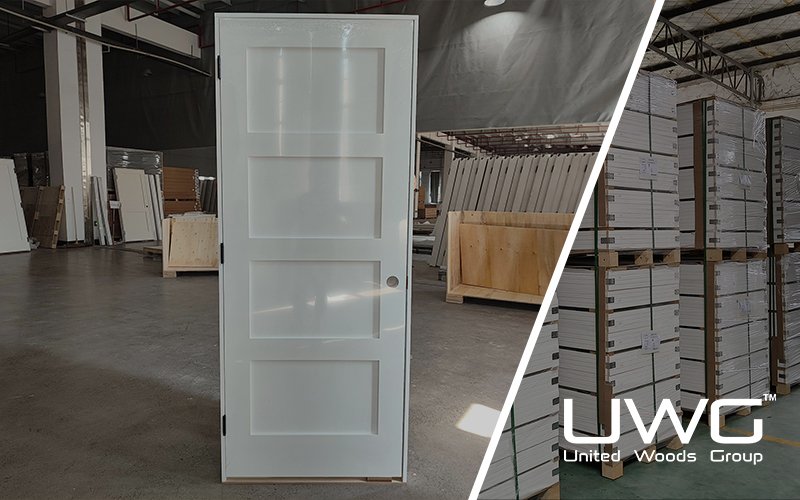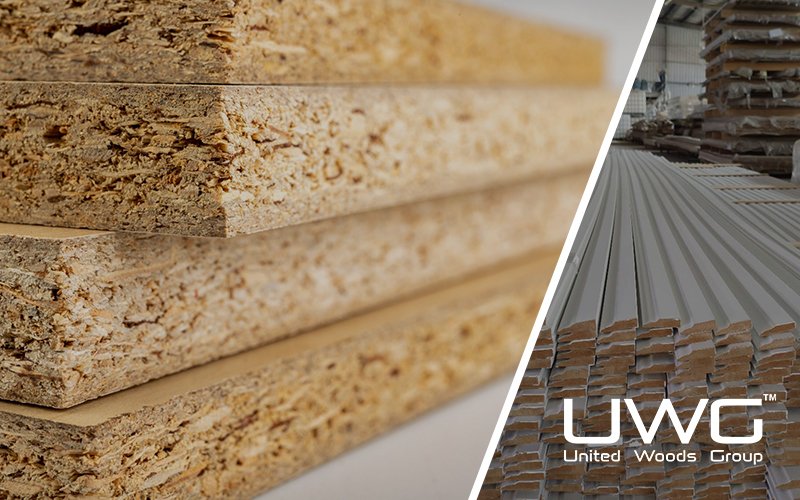When planning flooring for multi-family housing, retail stores, or custom homes, builders and wholesalers are often faced with a common dilemma: engineered wood flooring or laminate flooring? Both offer wood-like aesthetics and promise cost efficiency—but choosing the right one can significantly impact project success, long-term performance, and customer satisfaction.

Material Composition and Construction Methods
Engineered wood flooring is built from multiple layers, combining aesthetics with structural integrity. The top layer is a thin slice of real hardwood—such as oak, maple, or hickory—that provides the authentic appearance and texture of solid wood. Beneath this surface lies a multi-layer plywood or high-density fiberboard (HDF) core, cross-laminated to enhance dimensional stability and reduce the risk of warping or expansion due to moisture or temperature changes. This structure makes engineered wood suitable for areas where solid hardwood might fail, including basements or regions with variable humidity. Depending on the veneer thickness (commonly ranging from 0.6mm to 6mm,It is usually only possible to refurbish when the thickness is greater than 2mm), engineered wood flooring can often be refinished one or more times, extending its usable lifespan.
Laminate flooring, by contrast, is a synthetic flooring solution that relies on layered technology rather than real wood. It typically consists of four layers: a transparent wear layer made of aluminum oxide that resists scratches and stains; a photographic image layer that replicates the look of wood, tile, or stone; a dense core board made from HDF for strength and stability; and a backing layer that adds moisture protection and helps balance the board. Since laminate lacks a real wood top layer, it cannot be refinished once damaged, but it offers impressive resistance to daily wear, impact, and fading under sunlight.
In essence, while engineered wood uses real wood and offers a balance of authenticity and resilience, laminate flooring provides a more cost-effective, durable option that mimics the appearance of natural materials without the associated maintenance or price.

Performance in Real-World Applications
When it comes to daily use in residential or commercial environments, engineered wood and laminate flooring perform differently based on their structural makeup.
Engineered wood flooring excels in offering a premium look while handling moderate traffic well. Thanks to its real wood top layer, it brings warmth, texture, and a natural feel that’s hard to replicate. In homes, it performs well in living rooms, bedrooms, and even kitchens if moisture levels are managed. In light commercial settings like offices or boutique shops, its stability and aesthetic appeal make it a popular choice. However, engineered wood can still be scratched or dented by heavy furniture or sharp objects, and it is more sensitive to prolonged moisture exposure. That said, its ability to be refinished—depending on the veneer thickness—adds value in long-term use.
Laminate flooring, on the other hand, is built for durability in high-traffic areas. Its tough wear layer resists scratches, stains, and dents, making it well-suited for rental properties, multi-family projects, and commercial spaces with heavy footfall. It handles rolling furniture, pet activity, and children’s play better than many wood-based options. However, laminate can’t be refinished once worn, and while it offers good moisture resistance, excessive water can still cause the core to swell or warp if not properly sealed.
Ultimately, engineered wood offers greater long-term value and authenticity, while laminate delivers cost-effective performance and durability for intensive usage scenarios. The right choice depends on the priorities of the project—appearance, longevity, budget, or resistance to wear.

Installation, Maintenance, and Cost Considerations
From a construction and project management standpoint, how flooring is installed, maintained, and priced can significantly influence material selection.
Installation:
Engineered wood flooring offers multiple installation options—nail-down, glue-down, or floating—making it versatile for various subfloor conditions. Its layered construction provides better dimensional stability than solid hardwood, allowing it to be installed in areas where humidity fluctuates, including basements. However, installation usually requires professional handling, especially when using nail-down or glue-down methods, increasing labor time and costs.
Laminate flooring is designed with DIY-friendliness in mind. Most products use a click-lock system that allows for fast, floating installation without adhesives or nails. This speeds up project timelines and reduces labor costs—an advantage in multi-unit residential projects or renovations with tight deadlines. However, laminate requires a smooth, level subfloor to prevent issues like uneven seams or creaking over time.
Maintenance:
Engineered wood, being topped with real wood veneer, needs more delicate care. It should be cleaned with non-abrasive, wood-safe products and should be kept relatively dry to prevent warping. Light surface damage can often be refinished—depending on veneer thickness—extending the floor’s life.
Laminate floors are generally lower maintenance. They resist stains, don’t require refinishing, and can be cleaned with standard household products. However, once the surface is scratched or damaged, it cannot be repaired or refinished—replacement is the only option.
Cost:
Laminate flooring is the more budget-friendly choice in terms of both material and labor. Its lower price point makes it ideal for cost-sensitive projects or large-scale developments. Engineered wood, while more expensive, provides added value in aesthetics and potential resale appeal. Builders should weigh upfront cost savings against long-term value, especially in premium housing or commercial environments.
In summary, laminate wins on ease and cost efficiency, while engineered wood stands out for versatility, long-term potential, and a high-end finish.
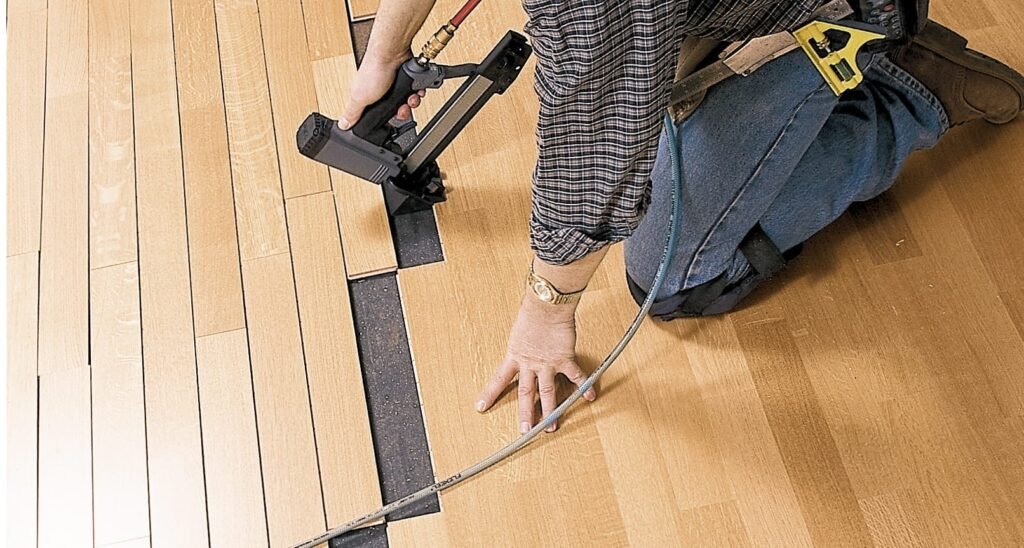
Conclusion
When choosing between engineered wood and laminate flooring, the key is understanding how each option aligns with your project’s priorities. Engineered wood delivers the timeless look and feel of real hardwood, with better moisture stability and long-term value—ideal for premium builds and clients seeking high-end finishes. Laminate flooring, on the other hand, offers a practical, cost-effective solution with quick installation and minimal maintenance, making it a strong fit for large-scale developments or budget-sensitive timelines.
For builders and wholesalers, selecting the right flooring is about more than aesthetics—it’s about performance, efficiency, and total project cost. Knowing these core differences helps ensure your flooring choice supports both your build quality and bottom line.



